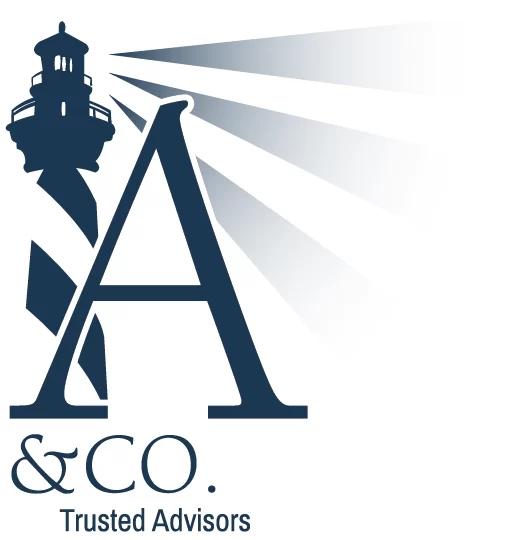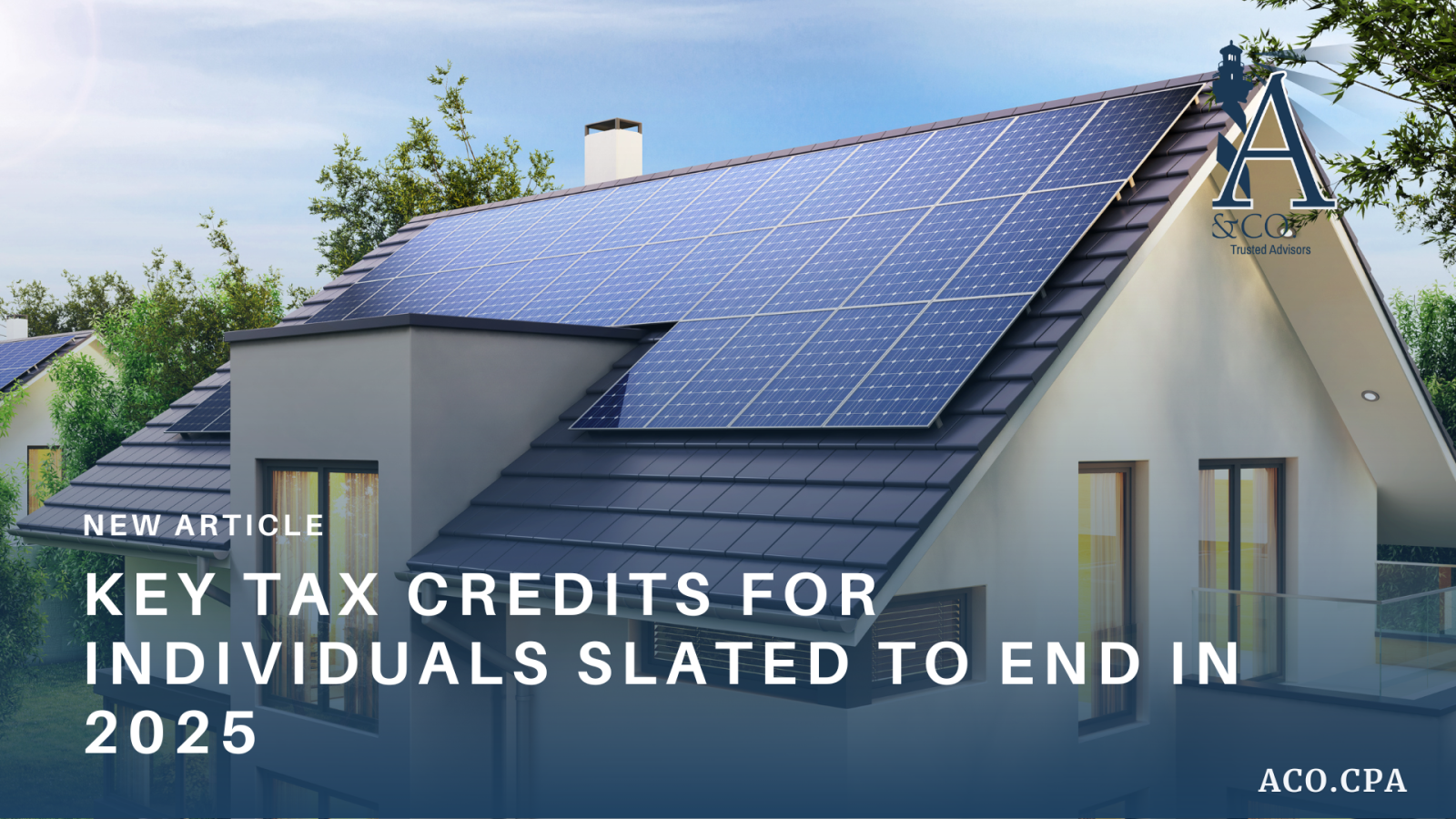The “One Big Beautiful Bill Act” (OBBBA) signed into law on July 4, 2025, accelerates the expiration of several major clean energy tax incentives originally created under the Inflation Reduction Act (IRA). Below is a breakdown on what is changing and when.
Residential Clean Energy Credit
- 30% credit for new solar panels, wind systems, geothermal heat pumps, or fuel cells or battery storage technology. This non-refundable credit can only be claimed for your personal residence. You may be able to claim a credit for certain improvements made to a second home located in the United States that you live in part time and don’t rent to others.
- Qualified expenses may include labor costs for onsite preparation, assembly or original installation of the property.
- Expires: December 31, 2025 — no gradual phase-out.
- Projects must be completed and operational before the end of 2025 to claim the credit.
Energy-Efficient Home Improvement Credit
- Covers 30% of qualifying upgrades like insulation, HVAC, windows, & doors, up to $3,200/year.
- The credit is broken down into categories with individual maximums:
- $1,200 for energy efficient property costs and certain energy efficient home improvements, with limits on exterior doors ($250 per door and $500 total), exterior windows and skylights ($600) and home energy audits ($150).
- $2,000 per year for qualified heat pumps, water heaters, biomass stoves or biomass boilers.
- Property acquired and installed in 2025 must be sourced from a Qualified Manufacturer.
- Expires: December 31, 2025
EV Credits & Charger Installations
- New clean vehicle credit and used clean vehicle credit both expire September 30, 2025.
- 30% tax credit for home EV charging station is set to end June 30, 2026.
What It Means for You
Homeowners Installing Solar
- To secure the 30% solar credit or home improvement credits, complete your work before December 31, 2025.
- Some providers allow leases or PPAs up to 2027 to qualify via commercial credits.
- Other states and local incentives may still be available beyond federal repeal.
Buyers of New or Used EVs
- To claim up to $7,500 (new) or $4,000 (used), purchases must be completed by September 30, 2025.
Those Planning Home Efficiency Projects
- Projects (e.g. insulation, windows, HVAC) must be placed in service by December 31, 2025, to qualify for the Energy-Efficient Home Improvement credit.
- A new requirement for 2025, Qualified Manufacturers will be assigned a 4-digit QM number that will be required to claim the credit on property placed in service.
Why the Urgency?
- The policy changes were enacted with no gradual phase-down, unlike earlier expectations which stretched into 2032–2034.
- Executive actions tightened guidelines around credit eligibility and foreign-sourcing restrictions, increasing compliance complexity
- Homeowners and installers are accelerating projects to meet the deadline.
Bottom Line
If you’re an individual homeowner, EV buyer, or planning energy upgrades, 2025 is essentially the last opportunity to claim significant federal tax credits. After that:
- The 30% residential clean energy credit disappears.
- Credits for EV purchases and home upgrades also vanish.
- Consult with a qualified tax advisor or installer now to make sure your expenses are eligible and timely.
Acting before the deadlines can help you lock in savings of tens of thousands on solar, EVs, or home energy projects.



